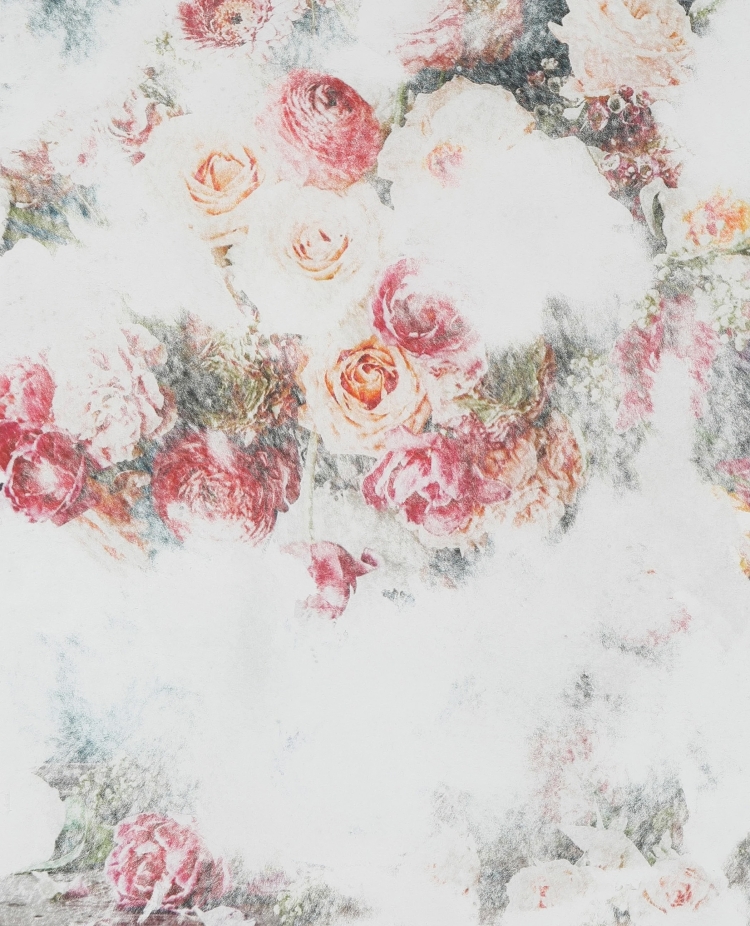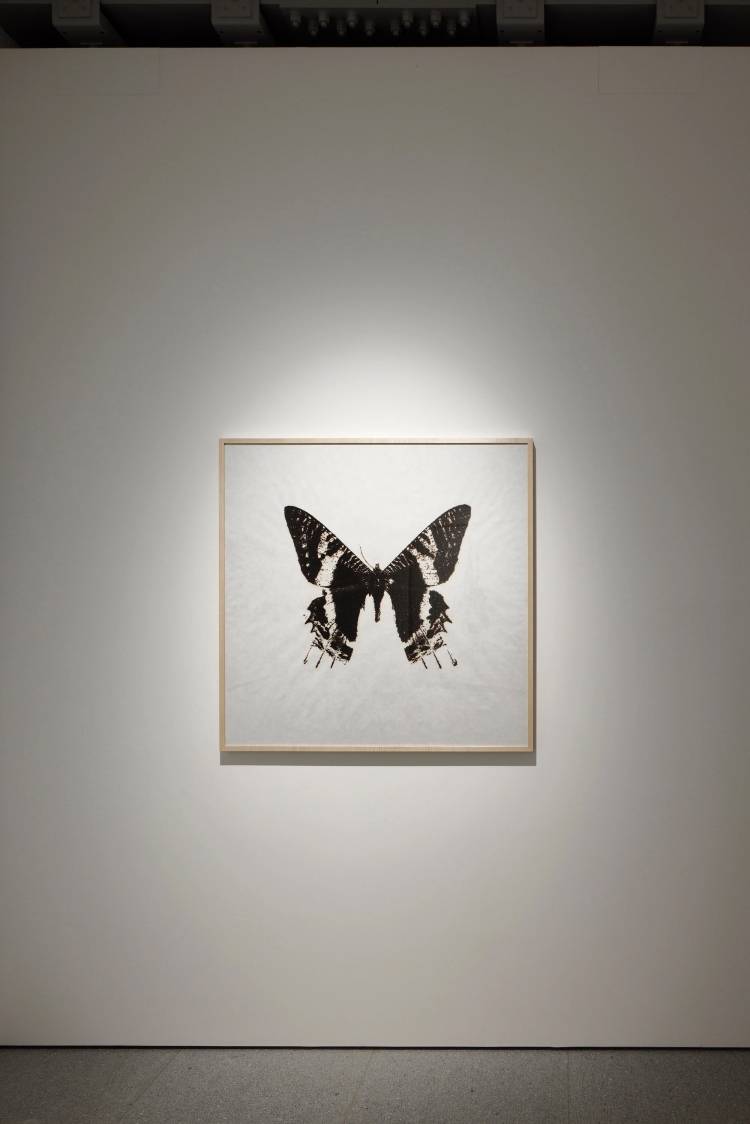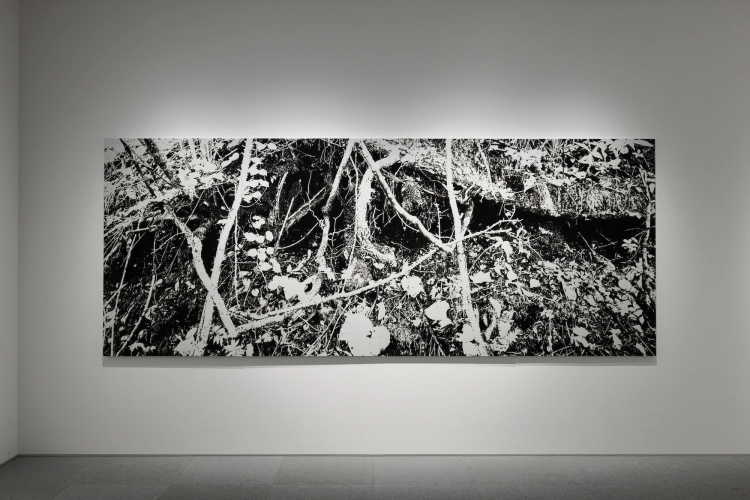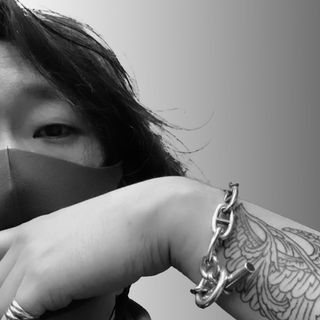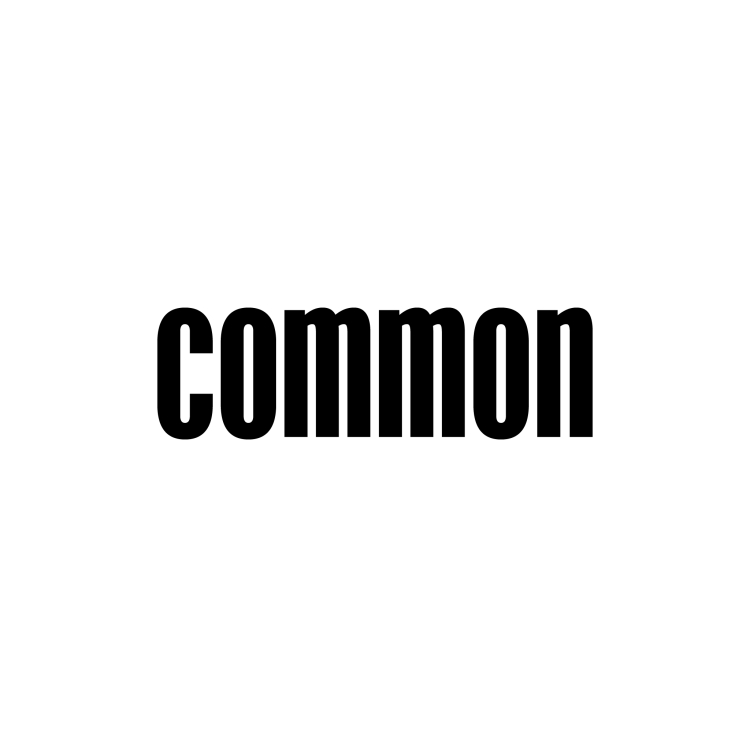Gallery COMMON is pleased to present DELUSIONAL murmur (#003), a solo exhibition by Japanese artist Kosuke Ichikawa, from February 10 to March 10, 2024.
The exhibition presents a comprehensive overview of Ichikawa’s relentless exploration into the intricate relationship between memory, transience, and human connection, and will showcase works from Ichikawa's “Scorch Paintings”, or senkōga (線香画, lit. “incense paintings”) in which he uses incense to burn memories from daily life into paper, and his “Scrape Works” series, an introspective reflection on the relationship between memories and the alienating nature of mass media and social media.
Ichikawa’s artistic journey began as an attempt to find stability amidst an eventful and somewhat turbulent adolescence. While traveling across Japan, America, and Europe, Ichikawa began to keep notes and doodles as a way to record his memories amidst an ever-changing environment. As the habit morphed into a compulsive need, so too did Ichikawa’s obsession with discovering the perfect materials and methods to accurately depict his memories. The artist’s endless experimentation led him to the discovery of two processes which comprise the two series shown in the exhibition this time, his “Scorch Paintings (Senkōga)” and “Scrape Works”.
Ichikawa’s practice is defined by specific recurring motifs and an intense relationship with material that involves physical and temporal commitment. In his “Scorch Paintings (Senkōga)”, the artist uses the lit tip of an incense stick to carefully singe holes in Japanese washi paper, using over sixty types of incense to control the color, gradation, and size of the burns. This painstaking process is preceded by a preparatory period in which the artist perfects a mental sketch of the image in his head before he begins. The “Scrape Works”, on the other hand, involve a time-consuming layering process in which sheets of ink and watercolor are followed by layers of acrylic or pastel paint. This build up is then scraped off, allowing the underlying image to surface.
These processes give rise to images that reflect their distressed, perhaps even somewhat violent, births, and are themselves also central to the conceptual meaning underlying Ichikawa’s practice. The artist has described his practice as “the labor of transforming anxiety into relief”; an endless cycle of transforming the fear of forgetting daily mundanity into a visual archive.
This tension is evident in the processes themselves, and the marks they leave behind. The delicate, melancholy aura that emanates from the physical composition of the Scorch Paintings is defined by the fragility of paper and the remnants of fire and ashes. A reminder of mortality and the cyclical nature of destruction and creation (death and birth) exists in the medium itself. This conflict between the ephemeral nature of life and the human fear of loss, a fluctuation between awareness of and resistance against mono no aware, is the driving force behind Ichikawa’s works, and is also what dictates the imagery he feels compelled to draw. His works memorialize the unassuming minutiae in our periphery which, combined, form the foundation of our reality. One could read them as being symbols of a collective consciousness, an attempt at forging connection through shared experience; and in fact, the blank expanses of white space in the works are Ichikawa’s purposeful attempt to create room for viewers to supplement the works with their own individual experiences and memories.
“This connects me with others and gives me peace of mind,” Ichikawa says. “I’m interested in these completely trivial, everyday views stored inside my memory. Things so trivial you forget that you’ve forgotten them. There’s an ephemerality, a sorrow to them. Some indescribable, uneasy feeling. I want to capture that in physical form, as an object [...] these objects can in turn become part of other people’s memories… it’s that cycle that offers me relief.” *1
This same philosophy is mirrored in his “Scrape Works.” In this series, the artist depicts images on TV obscured by static noise, as well as images taken from social media at the moment before they load. “When the images are not fully loaded yet, that is when I feel the closest to other people,” says Ichikawa. “That is the moment I am able to imagine the everyday experiences and memories of the person who uploaded the image, and when they feel the closest to my own everyday life.” *2 By eternalizing this “in-between'' time, a moment of delay that most of us wish to shorten or abolish, Ichikawa interrupts the unthinkingness of unregulated acceleration and provides a space for contemplation. The works suggest the idea that maximum immediacy and accuracy is not necessarily the ideal means of communicating in a meaningful way; rather, the works seem to echo the sentiment that, within our hyperactive media culture, “a real turn to the Other presupposes the negativity of an interruption.” *3 For Ichikawa, connection arises through a time-based process that must also create space for the receiver to experience introspection and empathy.
Both series, though vastly different in technique, reflect Ichikawa’s all-consuming desire to capture the fragile, fleeting moments that define our human experience; to crystallize them into something tangible, and so save them from certain death. In this act of translation (from memory to material), we find a fundamental existential problem that has, for thousands of years, driven the entire field of philosophy: what does it mean to exist? Though Descartes may have been satisfied at confirming his existence through consciousness alone, Ichikawa seems to find the confirmation of his existence through an intimate physical relationship with material. By creating a physical record of a subjective past which is accessible to no one but the artist, he projects a part of himself into the outside world, and so unites himself with the world in the process of creation.
*1 Ichikawa, Kosuke. “Interview: Yusuke Nakajima x Kosuke Ichikawa.” ODDS & SODS, Soni.&Co, 2019.
*2 Ichikawa, Kosuke. “Conversation: Takahiro Miyashita x Kosuke Ichikawa.” ODDS & SODS, Soni.&Co, 2019.
*3 Byungchul Han. “The Burnout Society.” p.30
A statement from the artist
For a few months, I snuck into and lived in an old castle in Europe, where every day I saw the forest as it was illuminated by my flashlight, an image I’ve drawn through which my teenage insecurity, curiosity, and struggle is channeled.
In that abandoned, untouched castle, I sprawled out and shined my flashlight, unthinkingly, on the unused chandelier.
I took apart and reassembled clocks from my grandfather's collection over and over again.
I loved creating clocks that didn't work.
A vintage jacket that looks like the shell of a person.
Feeling for the traces of the presence that had surely been there, I drew the jacket as a portrait.
Insects and dried flowers in specimen boxes.
As I seared images of these insects and flowers that had acquired eternal beauty into artworks, I felt the power of life.
The attic of the jazz club where I lived as a child.
The shadows of wind instruments that danced on the wall next to me as I slept.
My favorite music, movies, novels, manga, photographs, other people's artworks, magazines, and moving images that emerge from static noise have, over time, begun to feel like my own experiences, and are reproduced on paper as my false memories.
All the motifs in the exhibition are disconnected and have no temporal relation.
All of these motifs are matters that I and the viewers have encountered in our casual daily lives and seen out of the corner of our eyes; things that it’s okay to forget.
Kosuke Ichikawa
EXHIBITED ARTWORKS
EXHIBITION
ARTISTS
VENUE
- URL
- http://www.gallerycommon.com/
- 住所
- 東京都渋谷区神宮前5丁目39−6B1F
- 開館時間
- 12:00 — 19:00
- 休館日
- Mon・Tue
- 入館料
- 無料

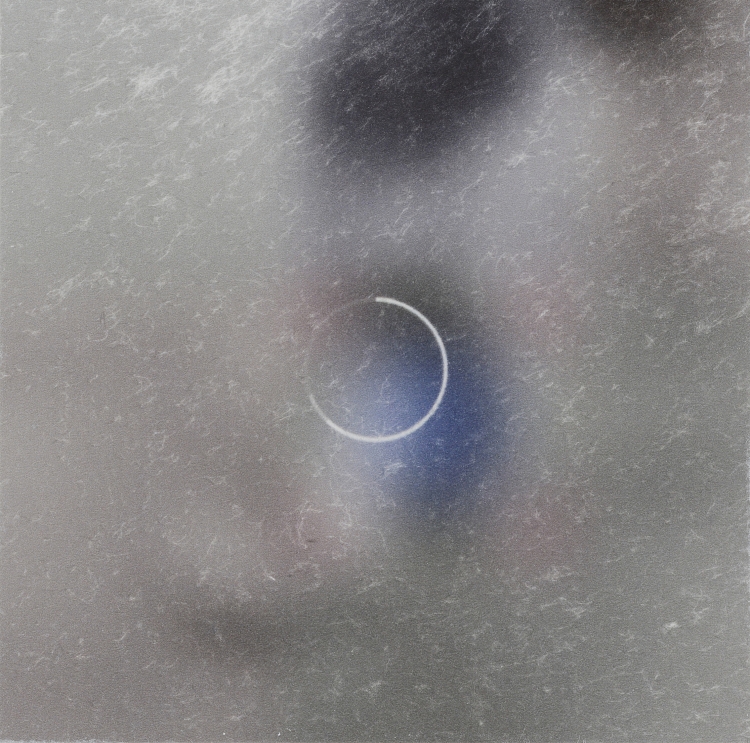
![[Detail] Untitled (woodland). 2022. Burnt paper mounted on wood panel. 150 x 380cm. Photo by 木奥恵三. ©2024 Kosuke Ichikawa/Soni. & Co. All Rights Reserved.](https://marph.com/assets/userimg/N-b64c38ff-17b8-4952-a6a1-f0789eb7a534-65c198db2644a9.23657583/assigned/I-c33cda0a-a38d-422d-8bd6-21f7b16a755e-65c47aff18ae02.60816886_750.jpg)
![[Detail] Specimen (butterfly). 2011. Burnt paper. 26.5 × 31.5 cm. Photo by 木奥恵三. ©2024 Kosuke Ichikawa/Soni. & Co. All Rights Reserved.](https://marph.com/assets/userimg/N-b64c38ff-17b8-4952-a6a1-f0789eb7a534-65c198db2644a9.23657583/assigned/I-136b3ab8-e2a4-4221-b2cc-f5d4ba9f725d-65c47b06a29c04.65763100_750.jpg)
